We are all scrambling. The situation with COVID-19 changes day-by-day and hour-by-hour. Hopefully by now, nonprofits have taken steps to allow all but absolutely essential personnel to work from home. Fundraising, while essential, is a function that can be done from a home office. The big question is: How can we keep our donors connected to our organizations in this unstable environment? When it became clear that I would not be allowed to travel anymore for work, I fell back on a maxim I heard somewhere early in my fundraising career. It rhymes so that’s convenient and an aid to memory. Near Dear Clear In any circumstances where rapid change is taking place, we must take great pains to keep our donors near, dear, and clear. What does that mean as a guide to practical action and how can we all undertake those functions while protecting ourselves and our donors from coronavirus? Let’s take each part of the maxim in turn: Near: Be in Contact!You will need to leverage all forms of media at various levels to keep in touch with your donors. First, for your major donors, set up as many one-on-one Zoom meetings as you can reasonably handle each week to check in with them and make sure their families are doing okay right now. Take it week-by-week so it will not be overwhelming but striving for 6-8 substantial phone calls or Zoom meetings with major donors per fundraiser seems appropriate. Secondly, utilize digital means of connection as much as possible. The president of the institution I work for is doing a series of Facebook live discussions this week at the same time every day. Send email updates or text your constituents. Don’t bombard them with info but if you have meaningful information to report, do so on all available channels. If you have Facebook groups, use those to communicate too. Encourage your supporters to share info so it gets in more Newsfeeds and inboxes. Third, for your mid-level donors or major donors that you cannot check in with immediately, don’t forget about good old mail and phone. You can do a quick check-in calling campaign one day per week and write some hand-written notes. (Of course, please be careful with your mail protocols for hygiene. Use self-adhesive stamps and tape if possible. Barring that, seal or affix with a sponge. And wash your hands well before handling mail to be sent out.) Dear: Express GratitudeYour messaging needs to let donors know that you care about them as people. It’s not just about expressing our usual level of stewardship and gratitude. This is thanking them for believing enough in your organization’s mission to hang in there in this time of great change and uncertainty. Express gratitude not only as a staff member but express gratitude on behalf of those your organization serves. Let them know that because of them, your mission continues and will continue after COVID-19. Clear: Have Clarity, Openness, and HonestyMake sure your organization is crystal clear on its priorities. The first of which should be the health, safety, and welfare of those they serve and those who work for the institution. Repeat this often to your constituents.
However, do not shy away from honestly telling donors how this crisis is affecting your organizational needs and its finances. Your major donors and board members especially deserve the candid talk about what is needed, what might be needed, and why. Did you find the framework of near, dear and clear helpful in thinking about how you are keeping donors connected these days? What other strategies have you tried in the last couple of weeks that keep donors near, dear, and clear? Tell me below in the comments! Again, I hope this was helpful to you. If it was, please leave me a comment below. Also, if you found this very helpful, I hope you’ll subscribe. By doing so, you’ll get my FUNdraising Friday emails every Friday with pick-me-ups, helpful articles, and cool freebies. Humor and a commitment to continual learning will no-doubt help us all through this crisis. Take care and be well, Jessica PS - If you are feeling stressed and anxious and burnt out due to coronavirus, you're not alone. Because so many are facing unprecedented challenges and pressure right now, I'm hosting a free webinar on the topic of Self Care for Non-Profit Professionals. It will take place April 1st. Register today as there are only 100 spots! Building and maintaining a culture of philanthropy is hard work. It is deep work that takes years to build and moments to destroy. But having a healthy culture of philanthropy makes work more fun and makes fundraising easier. It’s worth having a periodic check-up to assess how your institution is doing.
Answer these questions for your institution: Board Support
Staff Support
Alumni support (or Grateful Patient support)
Fun Factor
Communications
Stewardship and Donor Relations
Other questions to think about:
How did you feel about the assessment? Where are you doing well? Where should you improve? As always, comments and questions are welcome and encouraged! Cheers, Jessica PS - If you liked this post, you might also like these:
PPS - If you found this article helpful, please comment and let me know. Also subscribe to Real Deal Fundraising so you don't miss a post! You'll get my guide to Call Center Games for Free! Connecting with a donor or potential donor is so vital before you ask for a gift. It's like removing many of the roadblocks between you and that "YES!" response you want.
People want to give to people they like. It's not much of a secret. Ultimately, as a fundraiser you are a conduit for the relationship between that donor and the institution (not with you personally) but they must enjoy speaking with you to want to continue a relationship with the institution. This is an important skill for any fundraiser to develop, from phonathon callers on up to executive directors, deans and development officers. I have been to MANY call centers where they use the same tired rapport-building questions year after year after year. We cannot let this happen. No one wants to spend their precious time telling a new person why they haven't been back to campus lately just like they did last year. Bad rapport-building has the opposite effect on the donor than that which we wish to cultivate. The first rule of building rapport is it must be DIALOG not MONOLOGUE. You must ask questions that will solicit meaningful conversation and back and forth. You (no matter if you are a student caller or the Vice President of Advancement) must not deliver a litany of great-stuff-happening-at-our-institution without stopping for breath. So, following this rule, we must construct meaningful rapport building questions. The second rule about rapport building is that these questions get stale. Every year (at least) new rapport builders should be generated and put into rotation. Here is some guiding criteria for generating these questions. Rapport building questions should:
What are some examples of strong rapport-building questions?
Does your rapport building need a refresh? Do you have some favorite rapport-building questions that I forgot to mention on my list? Comments and questions are, as always, welcomed and encouraged! Cheers, Jessica Cloud PS - If you liked this post, you might also like these:
PPS - If you found this article helpful, please comment and let me know. Also subscribe to Real Deal Fundraising so you don't miss a post! You'll get my guide to Call Center Games for Free! 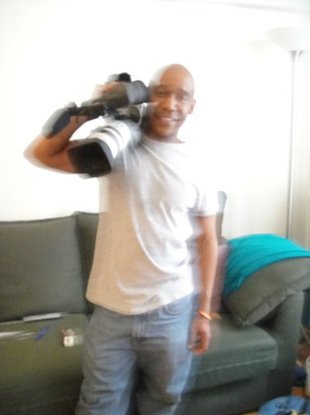 Video is more and more a huge part of the storytelling process for fundraisers. It's a great way to communicate the impact of philanthropy in the world. But, most fundraisers aren't video professionals. Once you have your video done, what are the best practices to get your constituents to watch it? I asked my friend and colleague, Ndlela Nkobi, that question. Here are his 5 best tips for getting your message seen! Enjoy! -- Jessica Cloud, CFRE Congratulations on finishing your organization’s video! After weeks (sometimes months) of planning, shooting, and editing, you have finally uploaded your film to YouTube. Now what? How do you make sure that your video gets the views it deserves and has its intended impact? Though there are no guaranteed ways of making your video go viral, here are some steps to make sure the people who need to see the video actually see it, watch it and take action. 1. Reinforce Your Call to Action Videos are generally created to get people to take some action (sign a petition, donating, joining a mailing list . . .) and your call to action in your video is where you ask your audience to take that action. Make sure you reinforce that call to action whenever you get a chance (your website, YouTube, your platforms). The ultimate success of your video will be based on how many people take you up on your call to action. 2. Have a Great Thumbnail Pick an engaging still image to give your audience a quick snapshot of your video. That thumbnail is also the image that is generally automatically used when the video is shared on social media and on platforms like WordPress. Consider creating a custom thumbnail that could also includes words that would further draw the viewer in. 3. Pay Attention to your YouTube Descriptions, Titles, Tags The title, description and tags you use on YouTube will not only help people find your video when they search for related content but they should also draw people in to watch the video. Not everyone is going to see the video on your website so give your viewer all the information they need to take the next step in your video description. 4. Place Video on Your Website Placing your video on your website gives you much more control over how the video is presented to viewers with things like the call to action, video placement and supporting text/images/graphics. 5. Promote the Video on Your Platforms Once the video is ready on YouTube and on your website, share it widely on your various platforms (Facebook, Twitter, mailing lists, . . . ) Your platforms will be one of the main ways that the people in your community find out about your video. Don’t be afraid to repost content (especially on social media) to make sure as many people see your post as possible. Bonus action: Check Your Analytics Here is another area where you get to define what success looks like for your video (or campaign). Whether you are looking at Google Analytics or YouTube analytics (ideally you are doing both) this is where you get to see how successful you were with things like page views, videos views and how long people are looking at your video. It is also important to look at engagement (likes, shares, comments . . .) Analytics and engagement are matrices you use to help you plan for the next videos you are working on producing. About the author: Ndlela Nkobi is a filmmaker and online video content creator based in New York City and Johannesburg. He works with small businesses, nonprofits, consultants and artists to connect with their clients through the use of video. You can see his work at ndlela.tv. Ndlela Nkobi has worked for Center for New Media Teaching and Learning (Columbia University) and Third Sector New England (Boston, MA). He has worked with Center for Environmental Research and Conservation (Columbia University), New York City Department of Education, Nonprofit Consultants Network (Boston, MA) and Starr King School for the Ministry (Berkeley, CA). Hi readers, I hope you enjoyed this guest post. Do you have additional tips for how to get the most reach on promotional videos? Comments and questions are, as always, welcomed and encouraged! Cheers, Jessica Cloud PS - If you liked this post, you might also like these:
PPS - If you found this article helpful, please comment and let me know. Also subscribe to Real Deal Fundraising so you don't miss a post! You'll get my guide to Call Center Games for Free! I work from home and it is difficult to get enough movement when you walk basically to the kitchen, your office and then to your bedroom every day. I had gotten lax in my exercise regimen (what there was of it) and was waking up feeling stiff and sore every morning.
So, for these reasons, I decided to challenge myself. I wanted to do two things every day: at least 20 minutes of yoga and get 10,000 steps. I add a daily entry indicating that I have done it on my Facebook profile with a status update and the hashtags: #yogaeverydamnday and #10Ksteps. Probably it annoys more than 3/4 of my Facebook friends, but I don't care. In my opinion, I'm helping them with their own practice of scrolling past things that annoy you. By Day 10, something weirdly amazing started to happen. I had had a terrible day. My kids had gone bonkers. It was a weird, off day and I basically ate my weight in Mexican food to cope. It was 9PM, my children were finally asleep and I only had like 3,000 steps. What did I do? I stayed up until midnight and got those damn steps, that's what I did! I could have just stopped posting about it on Facebook and no one would have noticed or cared. But, at this point, I was invested. I didn't want to stop for one bad day and have to "start over" with another 30 days. Intractable stubbornness had set in. That stubbornness made me do it because I wanted to, just because. Even though it was hard. Even though there were no gold stars and no one would have cared if I stopped. Now, I'm on Day 15 and I'm starting to see more and more benefits, but the biggest is just the satisfaction that I didn't freaking quit. Why am I posting about stubbornness on a blog post that's FUNdraising Friday? For a few reasons:
All that said, where in your work can you activate the power of intractable stubbornness? What areas of your personal life could benefit from the same mindset? I’ve talked about finding the stories of impact and sharing them with your donors. The importance of letting donors see how their gifts have transformed lives cannot be overstated.
Upon reflection, I realized that I have overlooked throughout my entire career, one very important story: my own. I have searched for the stories of scholarship recipients at every institution I’ve worked for and totally forgot to be recognize the impact donors have had on my own journey. I was lucky enough to have been awarded a 4-year leadership scholarship which covered my room and board at my alma mater, The University of Southern Mississippi, but I was also the recipient of a generous scholarship so that I could go to London one summer for study abroad. The Dean of the Honors College also sent me on two trips (one to Princeton and one to Washington, D.C.) using funds that I now know must have been generated from Annual Fund gifts. I also know that charitable donations helped to support the fantastic Honors Forum series that brought the most incredible scholars and public intellectuals to Hattiesburg, Mississippi. Here are some experiences that I have been able to have because I received scholarship support:
With sincere thanks, Jessica Cloud  So, this weekend my debit card/checking account was hacked for over $1,100! Lucky for us, we have a great credit union that helped me get the issue fixed immediately Monday morning and all of it (including the overdraft fees that it caused) will be fully refunded. My mother asked me who actually ends up paying for these issues since the culprits are rarely caught. Strangely, I knew the answer because I have been trained on PCI compliance. The credit card companies end up eating the cost of fraudulent charges. If you aren’t familiar with the term, PCI or PCI DSS stands for Payment Card Industry Data Security Standard and it is an effort on the part of credit card companies to prevent fraud and protect their bottom line. Anyone who charges credit or debit card is responsible for handling cards in a PCI compliant way. As fundraisers (and more specifically phonathon managers), if you aren’t sure what PCI is or whether you are PCI compliant, you probably aren’t doing it right. Check with your Advancement Services staff and ask about this. Educate yourself, your student supervisors and your callers. The standards were updated in April 2016 and you can download them for review by visiting www.pcisecuritystandards.org/. This happened to me at the University of South Carolina. We utilized every standard and precaution and took it very seriously. However, over a six week period, we started to get a string of complaints about rogue charges a few days after the alumni had made gifts via phonathon. There was no traceable pattern to the issues. Although we never identified the offending caller, we did isolate through analysis of our nightly seating charts that it must have been a caller who was overhearing other callers read out the number to the prospect for verification. We changed that part of the script and never had a problem again. I talk about training our student callers about donor confidentiality and PCI compliance as often as I can because it impacts donor confidence in our organizations but also it impacts families. Most donors are not multi-millionaires, they are well meaning folks whose monthly budget can be wrecked by fraudulent charges and the time it takes to clean them up. So, review the policies and start asking questions about how data and credit/debit cards are handled in your shop. Train your employees about properly taking care of the data, which is really taking care of people. It’s part of stewardship and it’s super-important. If you found this article helpful, you may also be interested in my e-book How to Staff Your Phonathon Super-Fast: Seven Secrets to Fill the Seats. It's on sale now for $40 with the coupon code fillseats (valid through 9/1/16). This book guides you through innovative ideas and practices to turbo-charge your phonathon staffing efforts and break free from the hamster wheel of turnover. It also includes an appendix full of templates and samples to get you started implementing this system fast. When you are planning any event (for fundraising or otherwise), it’s so important to have a generic checklist to go through during your planning so that you don’t miss something obvious. Most checklists you find online are geared for wedding or other non-professional events. So, I created my own.
Here’s the list of things you should think about when event planning. If you have small events inside a larger series of event (like a convention) you will want to go through this checklist for all of the smaller events and the event as a whole.
When I was working at Southern Miss, we received a file to do a mailer to parents of current students. Of course, Admissions didn't have lovely and clean addressee and salutation fields and in fact, we didn't even have the parent's first name in most cases.
I learned to use the "concatenate" formula to use that raw data to create addressees and salutations that were appropriate for direct mail. When we didn't have the parent's first name we used the student's name. It looked like "Dear Parents of John Doe,". Sometimes you make lemonade out of lemons. It's not uncommon in fundraising to get a list of prospects that has "raw data" with first name and last name as separate fields, no titles and no addressees or salutations. Before you can create a mail merge or import those into your database, you'll need to create the fields that you need. And you'll want to do it cleanly and efficiently. In this video, I'll show you 3 tricks in MS Excel that will help you save time and frustration in creating addressees and salutations for a list of prospects. 1) Use filters to create working groups 2) Use the "concatenate" formula to string text together 3) Use "paste values" to turn your data set into editable text If you liked this video, check out my video on using Excel's "filter by color" function to plan your donor trips. And subscribe to Real Deal Fundraising to get content like this in your inbox. Hey you. Yes, you. Sitting at your work computer munching on your toasted bagel with cream cheese. And you there, scrolling on your phone on public transport. And you, scrolling on your laptop killing a bit of time before your staff meeting. I’m talking straight to you. All of you.
You are amazing. Really. Truly, amazing. You get up every day and do a job that most people would be scared out of their wits to do. You ask people for money and provide no tangible product in return. That’s hard work. And that work requires a broad-ranging and diverse skill set that many just do not have. The soft skills of messaging and etiquette and the hard skills of data and statistical analysis. You are also probably highly skilled at various aspect of technology too. It’s likely that to do your job you also have to have knowledge about finance, management, marketing and human resources. That’s a tall order. You are a force to be reckoned with. Your work enables students to get an education, hungry people to eat meals, animals to find homes and so many other wonderful life-affirming things. All of which wouldn’t happen without the work that you (and others like you) do. You are the superpower of the non-profit world, the engine that makes this sector move: the fundraiser. So, approach this week like the amazing being you are. At this point, you are probably sitting a little straighter, nodding your head in agreement at the realization of how awesome you are. Maybe you are claiming the amazing things your non-profit does in the world as your own accomplishments. Yes, they are yours. Own them. The more connected you are to mission, the happier you will be in your work and the more funds you will raise for your good cause. Now, ask yourself, how can I create this same feeling for each of my donors? What would make them feel amazing and personally responsible for the good things this organization does in the world? What would make them stand straighter and take ownership of the good your non-profit does? Do that and they will give more and they will feel amazing about giving, about your institution and about themselves. |
Jessica Cloud, CFREI've been called the Tasmanian Devil of fundraising and I'm here to talk shop with you. Archives
June 2024
Categories
All
|

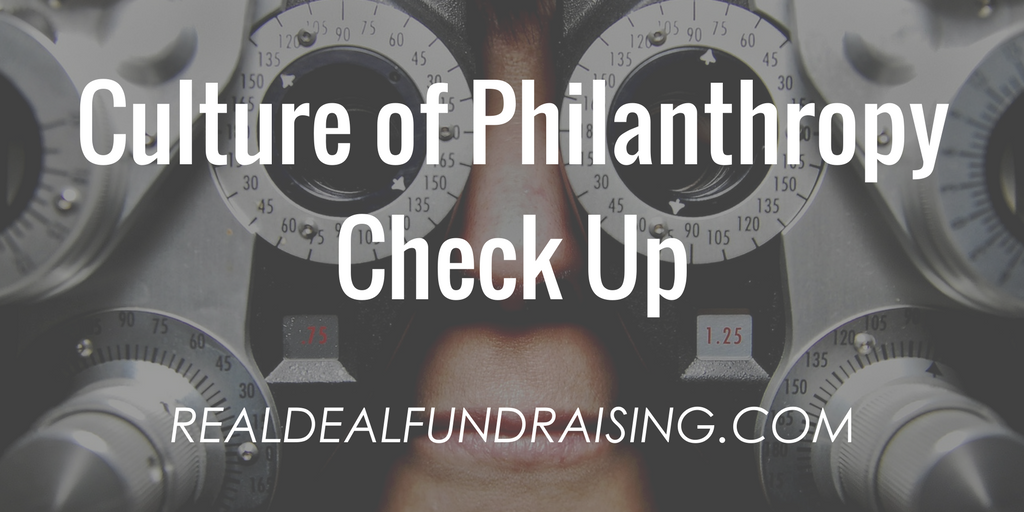
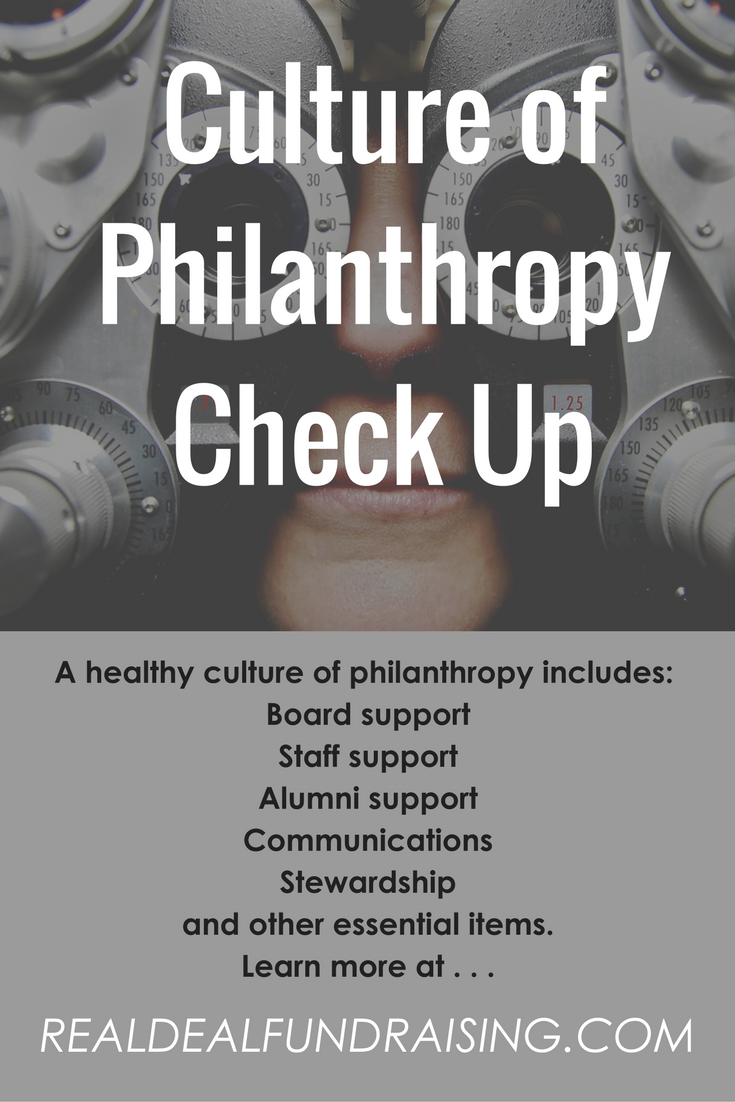
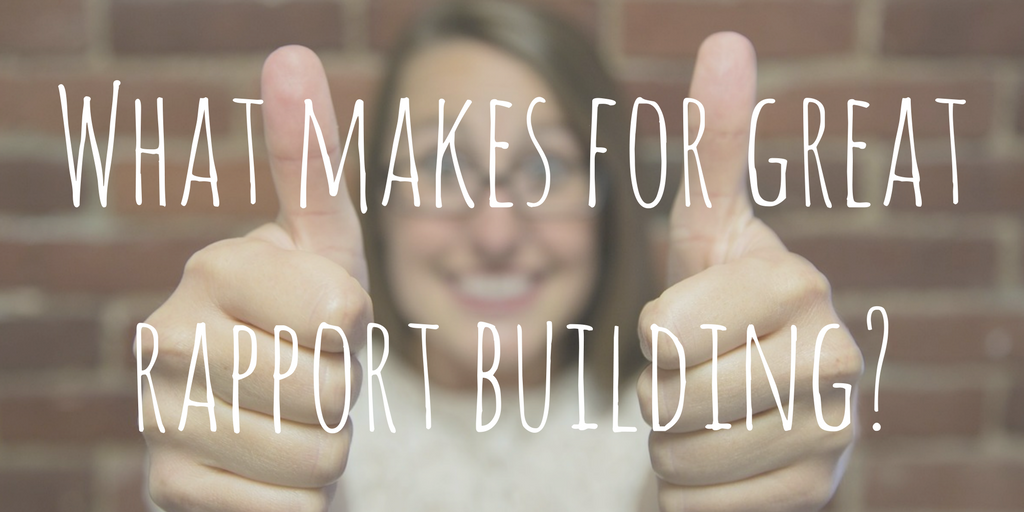
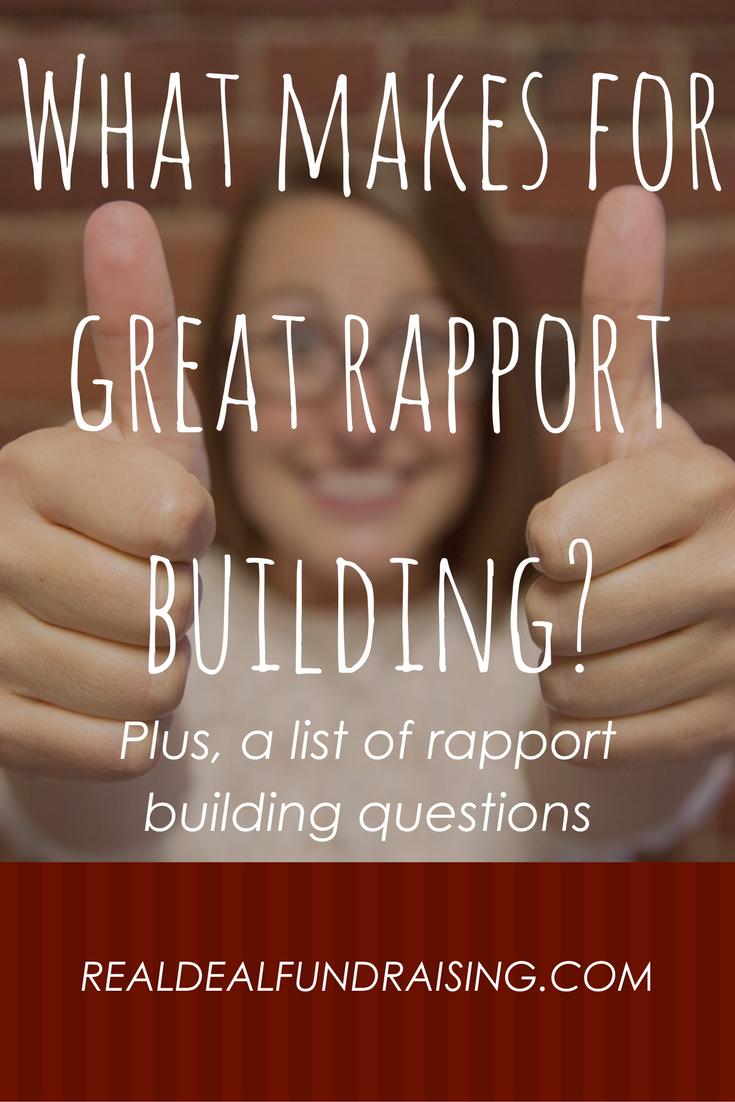
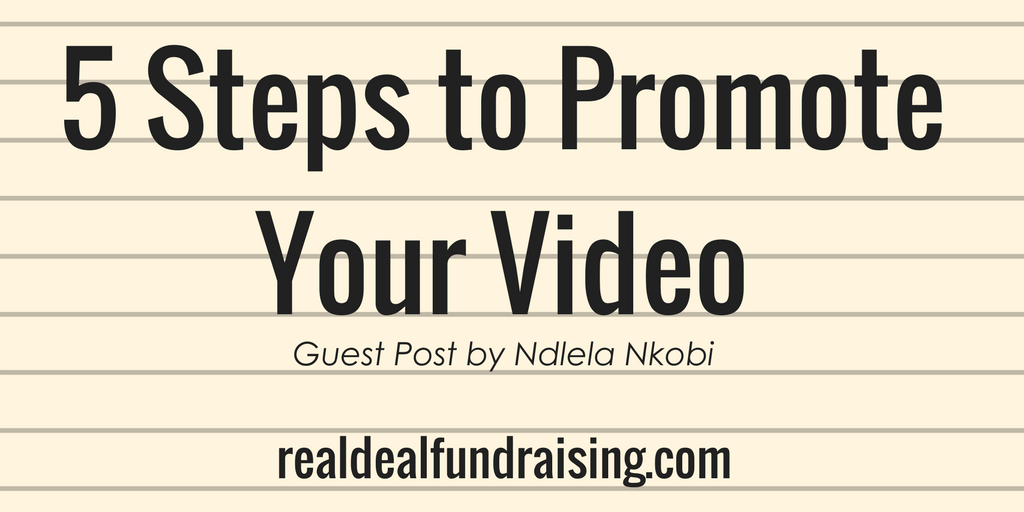
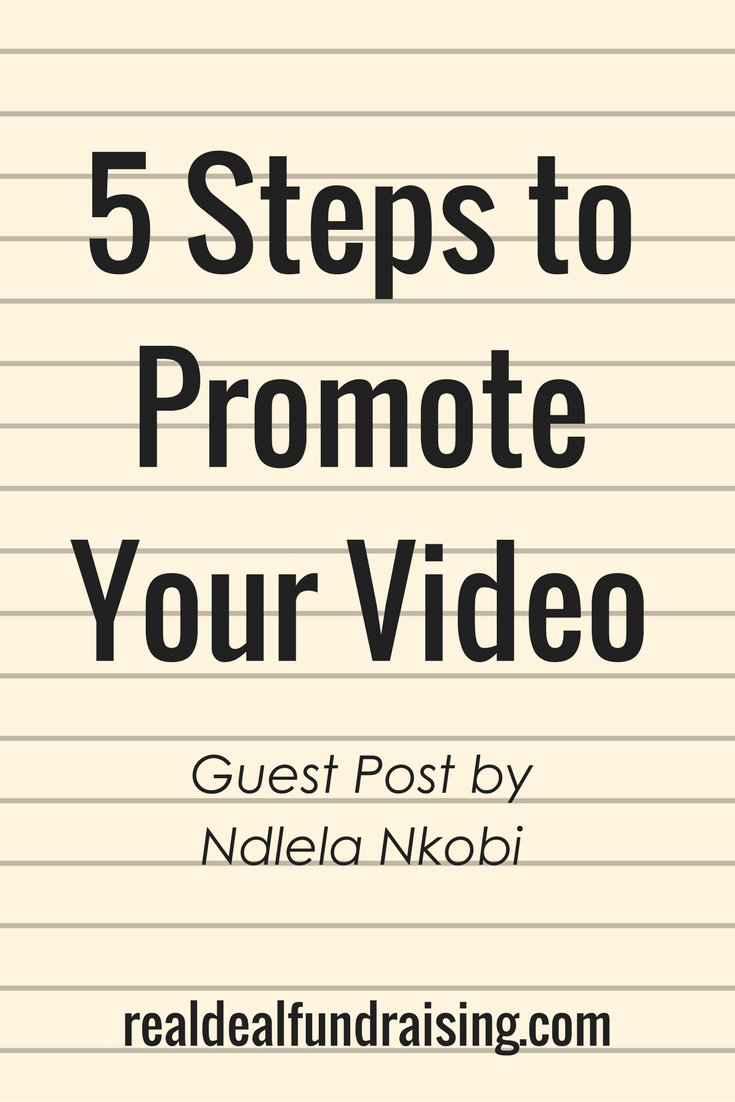
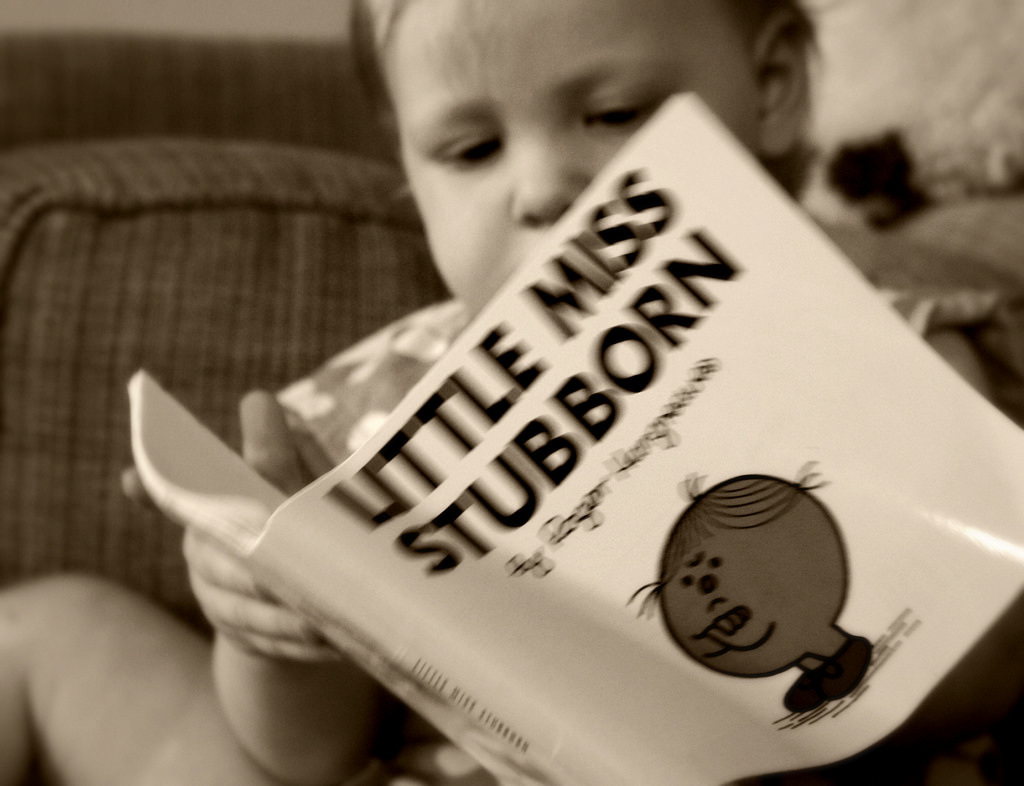


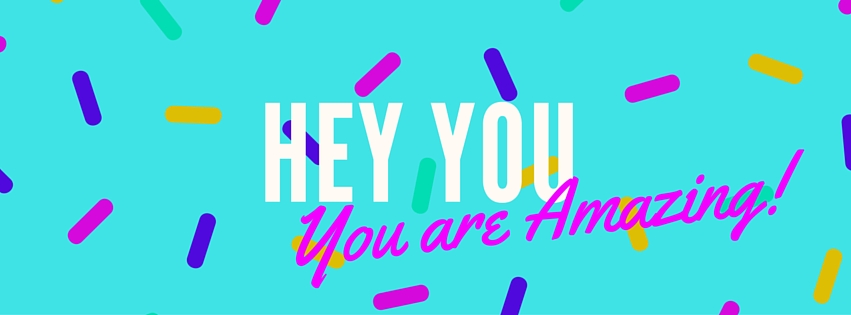

 RSS Feed
RSS Feed
